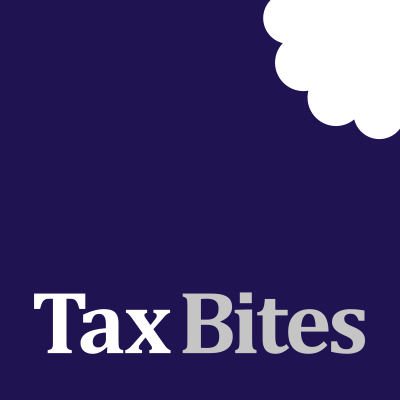
Maximising Business Asset Disposal Relief – but beware the IHT!
25th September 2023
Posted in Articles by Michelle Hogan
Since the reduction of the lifetime limit to £1 million, for capital gains attracting Business Asset Disposal Relief (BADR), business owners have been aware of the benefit of family members employed in the business holding at least 5% of the shares, so that they may tap into additional lifetime allowances on a sale. This fairly standard planning reduces the capital gains tax (CGT) on those gains to 10%, with the excess taxed at 20%. However, it is important not to let the focus on reducing CGT liabilities distract from inheritance tax (IHT) exposures. The quest to save 10% CGT can result in an exposure to 40% IHT, especially where shares are held in a qualifying trading company attracting full Business Property Relief (BPR).
For example, Beverly owns a successful engineering company, built up from scratch many years ago and which is now worth £5 million. Her husband, Laurence and their daughter, Denise, are also directors. Their grandson is aged 18 and is also involved in the business. Beverly has been thinking about retirement for some time as the couple are now in their late seventies.
BADR planning
She was advised just over two years ago to transfer some of her shares to Laurence and Denise, so that each held the minimum 5% for the minimum two years required to claim BADR. Now anticipating selling the company, she recently transferred additional shares to them so that they each hold 20% as a result of the gifts, allowing them to utilise their full respective lifetime allowances and maximise the BADR claim. She claimed holdover relief on the gift to Denise to prevent a CGT liability arising.
The family accepts an offer to sell the company for £5 million with each claiming the maximum BADR. This saves up to £200,000 in CGT (roughly £1 million x 2 at 10%) compared with the position had Beverly retained 100% ownership from the outset. Now Beverly and Laurence will receive £3.4m net cash and Denise receives an early ‘inheritance’ of £0.9m.
Use of trusts
As the shares qualified for full BPR, two years ago Beverly could have transferred some shares (tax-free) into a trust of which her grandson was life tenant, and also transferred a 5% stake to him outright. She could then have settled more shares into trust prior to a sale of the company. Where a life tenant of a trust qualifies in their personal capacity to claim BADR, they may permit the trustees to utilise some or all of their lifetime allowance in respect of those shares held in trust. Had Beverly ensured that the combined holding of the trust and her grandson was 20% before a sale, a further £100,000 CGT saving could have been made.
He would, of course, have had to be employed by the company for at least two years prior to the sale – interestingly he could have been appointed a director two years ago when the original gift was made, as the minimum permitted age for directors is 16!
Inheritance tax implications
The family are pleased that this planning has saved an additional £300,000 in CGT, having used three additional lifetime allowances, but what are the IHT consequences?
• Beverly and Laurence have replaced their BPR qualifying shares with a substantial amount of cash following the sale, resulting in an IHT exposure of 40% on the net proceeds they received of £2.6m (after giving away 40%), i.e. £1 million, assuming no available nil rate bands.
• Not only this, Beverly dies shortly after the sale of the company. As this is within seven years of making the gifts to Denise and the trust, i.e. they fall back into her estate at their transfer value. Whilst having qualified for full BPR at the time, relief is no longer available because the recipients have sold the shares in the meantime, exposing them to 40% IHT on up to £2 million of value.
• Had Beverly simply left shares in her will to Denise and their grandson (and/or a will trust) rather than making gifts, they would have qualified for BPR on death, eliminating the IHT.
• The shares would also have benefitted from an uplift in capital gains base cost at the date of death, meaning on a subsequent sale of the shares by the beneficiaries, only any increase in value since the date of death would have been subject to CGT.
Forbes Dawson view
Notwithstanding commercial considerations, this example demonstrates the danger of chasing one type of tax relief to the possible detriment of another tax, particularly when IHT rates are so prohibitive.
That is not to say there is a ‘correct’ approach to Beverly’s situation (although it could have been improved upon), but this is why it is so important to understand the full circumstances of any family business and to weigh up the many real life possible outcomes of any planning opportunities.



